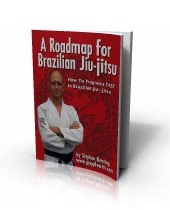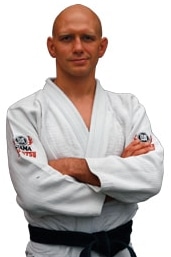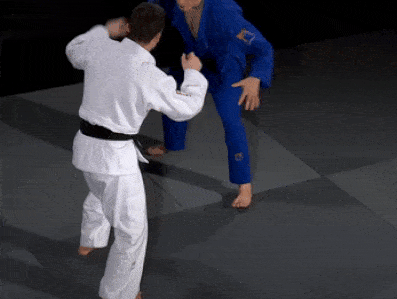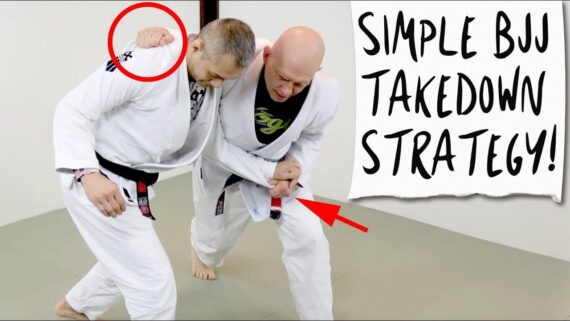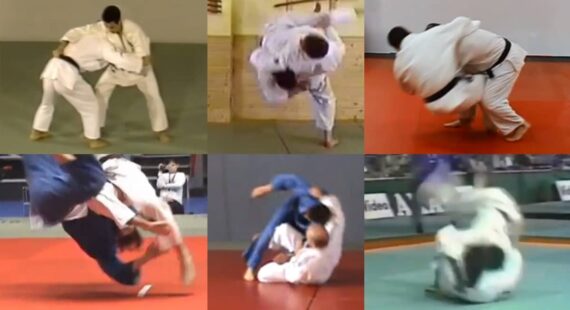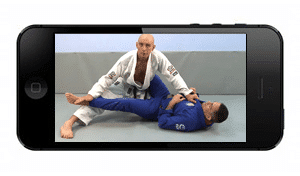I came across something really neat recently.
Someone called DrSeioNage did a TON of data analysis and looked at 5850 elite judo matches to identify the top-scoring techniques.
The highest-scoring technique of them all during the time period studied was a throw called Seio Otoshi.
This throw involves turning your back to your opponent and is often performed dropping one or both knees to the mat (basically a drop Seio-Nage for you Judo nerds).
While I have seen this throw used in jiu-jitsu competitions I DON’T recommend that you focus on it.
There are four reasons for this…
First, getting good at Seio Otoshi requires a lot of repetition and drilling; it’s not very intuitive unless you’re already years into the Judo game.
Time spent working on this throw is time NOT spent working on your jiu-jitsu. This misallocation of training time might bite you in the ass when you step out onto the mat and the other guy nullifies your entire standup plan simply by pulling guard.
Second, this is a so-called “forward throw” meaning that you turn your back to your opponent and throw him in the direction he’s already facing.
Forward throws can result in spectacular, mat-shaking slams when they work, but they come with a high cost if they fail.
If you don’t manage to toss the guy over your head then you’re leaving your back exposed and he might be able to get his hooks in, get 4 points, and choke you out!
Third, Seio Otoshi is mostly a gi throw and is NOT easily applicable in a no gi context.
I always recommend working on throws that work in both arenas.
If you’re going to put in all that time to develop one or two good takedown then why not perfect a throw that’ll work in both gi and no gi, with and without striking, and in both sport and in self defense?
Fourth, in actual Judo competition Seio Otoshi is often followed by rolling through over top of your opponent.
Just watch how often the thrower rolls over or ends up in a bad position after the throw in the following Seio Otoshi highlight reel…
Seio Otoshi makes sense in the Judo ruleset, where you can win the match instantly with a good throw.
In a Jiu-jitsu context, however, the match goes on even if you’ve thrown your opponent. Rolling over top of him at the end of a throw could put you into a very bad position.
RELATED CONTENT
Three Easy Throws for BJJ
People often ask me what the easiest throws or takedowns are for BJJ competition.
My usual advice is that takedowns are great. They bring the fight to your opponent, score 2 points, set you up to pass the guard, and allow you to fight from the top. All of which are good things.
Here are three relatively easy throws that won’t take years and years to master but can still get the fight to the ground…
Click here to learn these three throw.
How to Throw a Defensive, Stiff-Arming, Bent Over Opponent
If you go to any BJJ tournament you’ll see a ton of bad judo: guys bent over at the waist, desperately stiffarming their opponents, mixed in with occasional feeble leg grabs.
This type of fighting is tiring, ineffective, and just plain isn’t good for the sport!
Click here to learn how to throw a defensive opponent.
The Free Roadmap for BJJ App
Just download the free app on your iPhone or Android device and get instant training from me, Stephan Kesting, a BJJ black belt and a lifelong martial artist.
